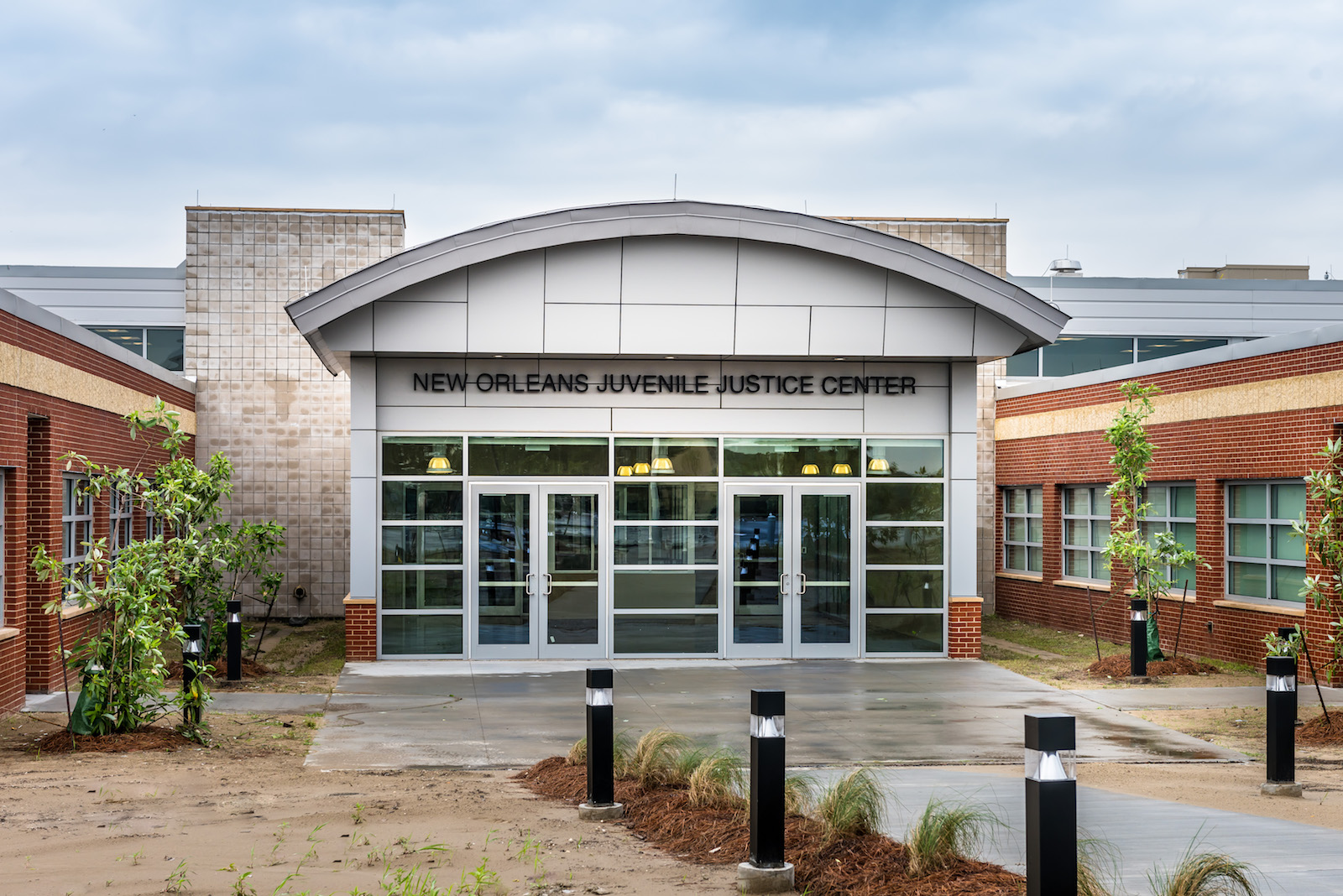
If teens are outside getting exercise, he asked, how will the state make sure they don’t encounter prisoners called trustees who do the bulk of the work to maintain the buildings and grounds at Angola and prepare and deliver food?

“If a youth gets sick or gets injured, how are they going to maintain sight and sound separation for youth that need to go to the infirmary?” “There are common facilities, like the infirmary,” said Hector Linares, a law professor at Loyola University New Orleans. It has enough space between buildings that the teens can be held far from adult prisoners, but advocates and experts questioned whether the state would actually be able to keep youths separate.

Giles Clarke / Getty Images fileĪngola’s 18,000 acres make it one of the largest prison campuses in the world. Louisiana officials say juveniles will be held in a separate building from adult prisoners. The goal of the juvenile justice system is to rehabilitate youths so they can return to their communities, not to punish them. “They will not have contact with adult inmates and will continue to receive all of the services they currently receive through OJJ, including education,” Edwards said.įederal law requires that juveniles be separated - by both sight and sound - from adult prisoners.

The building will be overseen and staffed by employees of the state’s Office of Juvenile Justice (OJJ). Roughly 25 teens will be housed in a building near the entrance of the massive Angola complex as soon as next month, after some renovations, Edwards said. “But I do believe that the situation demands an immediate response and these are the best options we currently have to ensure the safety of the youth, the staff and the community.” “I understand that this is not the perfect or the ideal plan,” Edwards said.


 0 kommentar(er)
0 kommentar(er)
